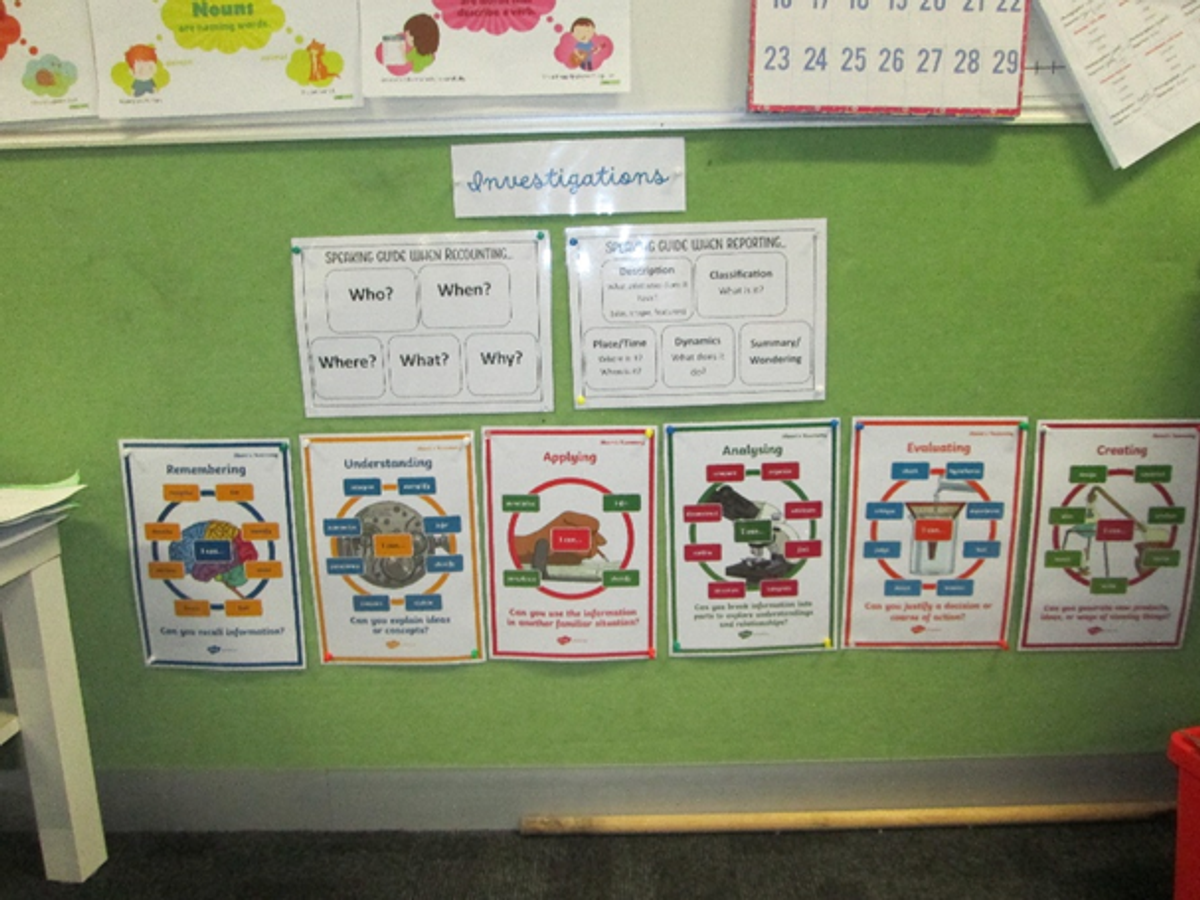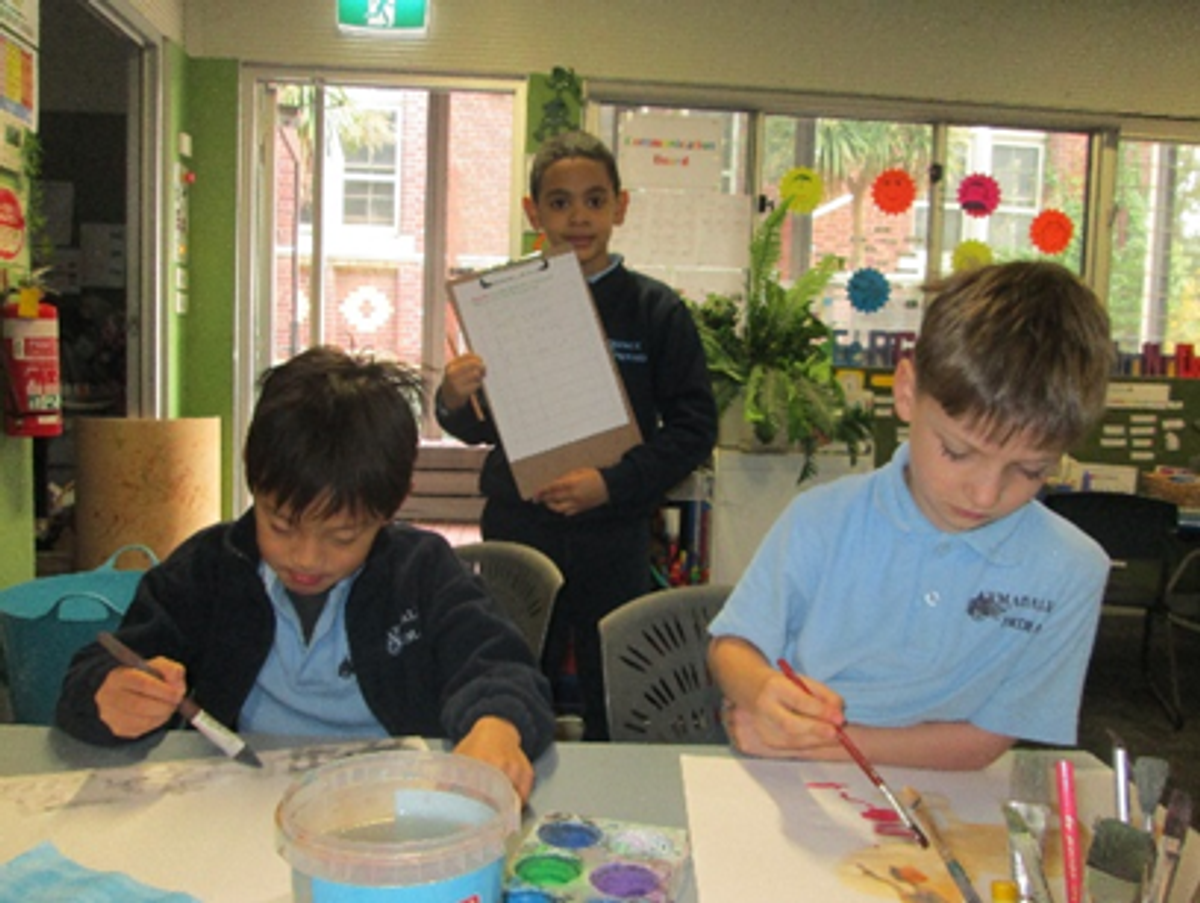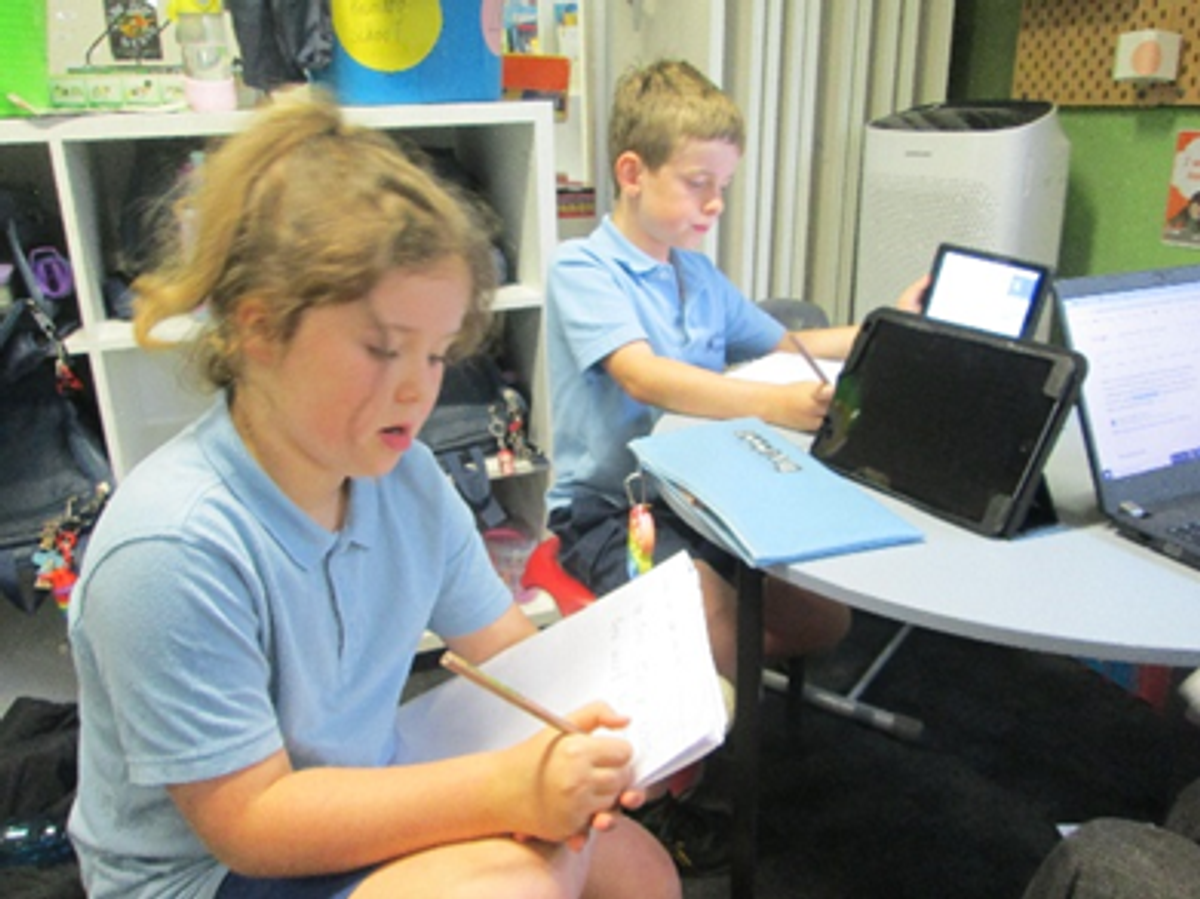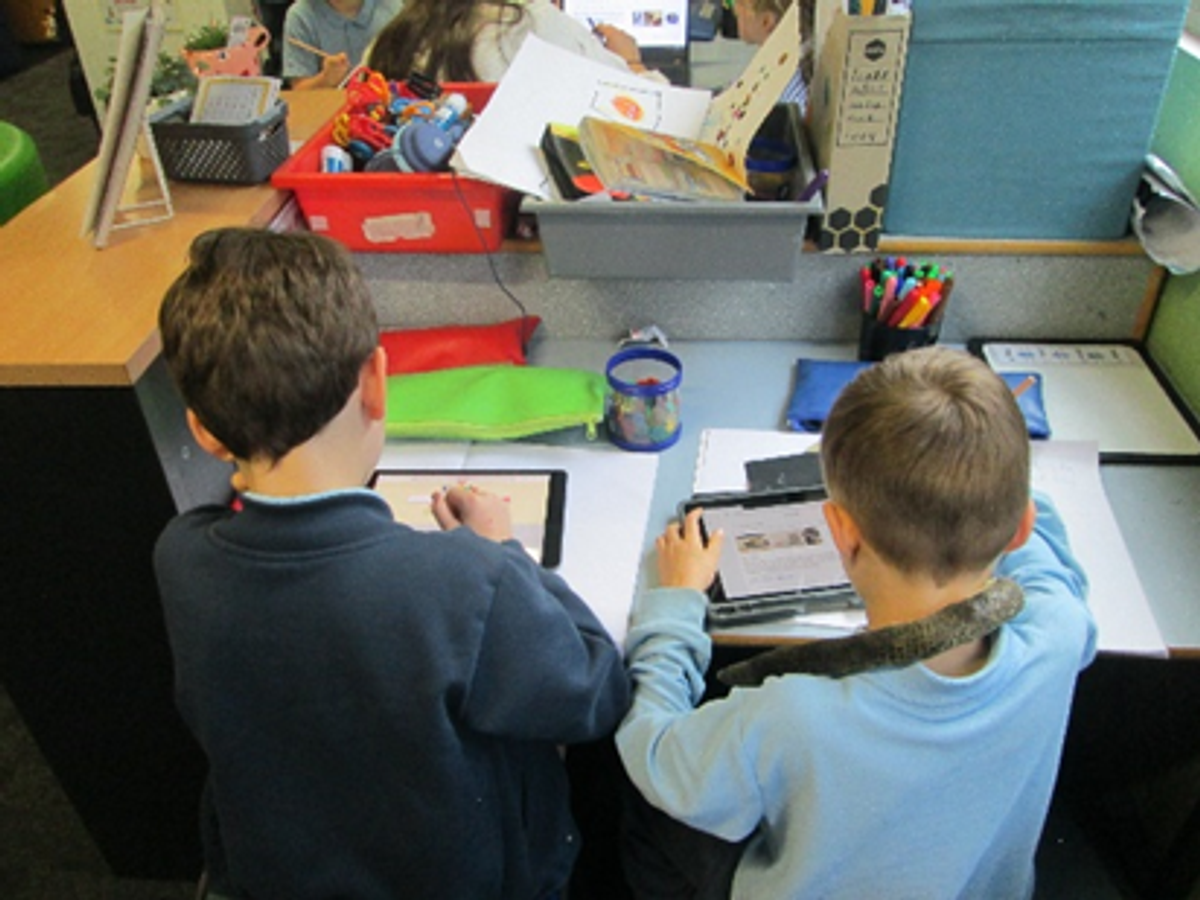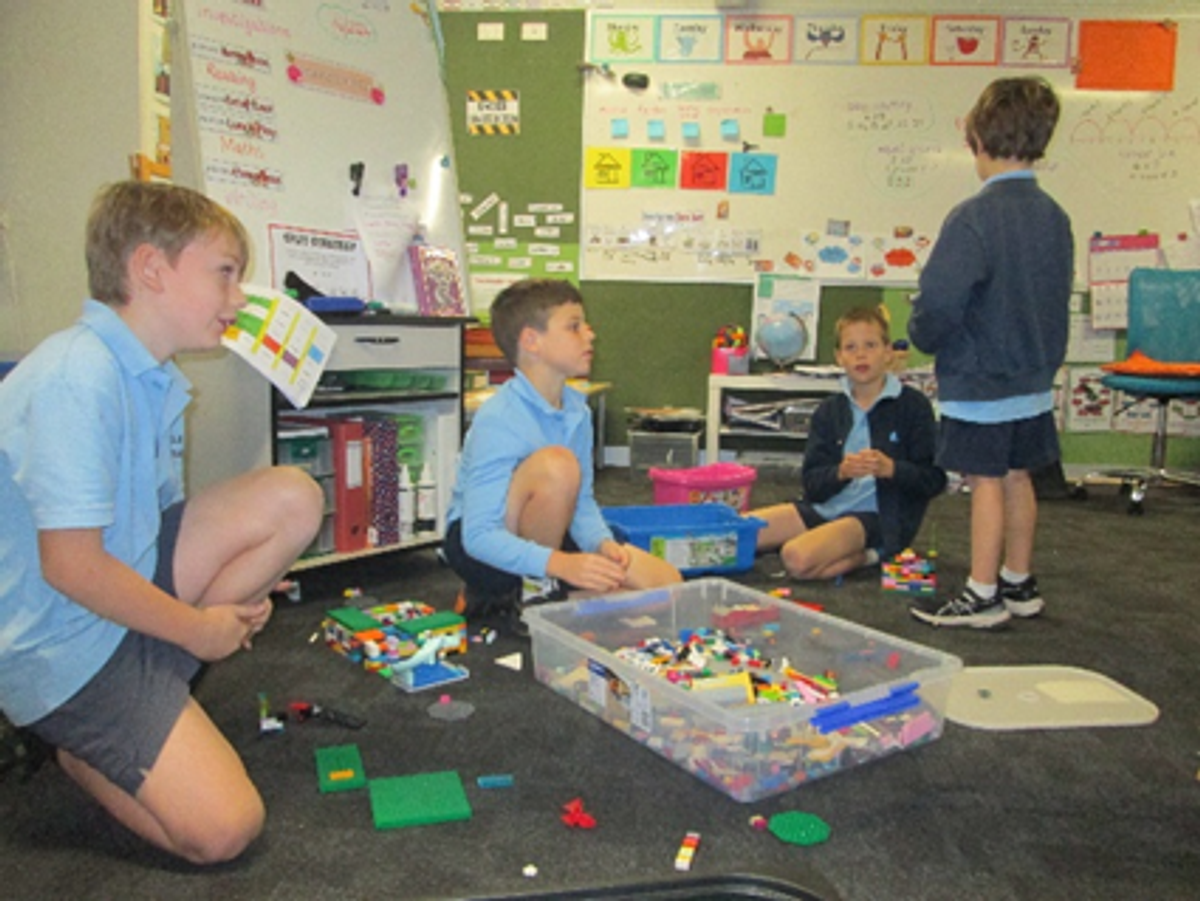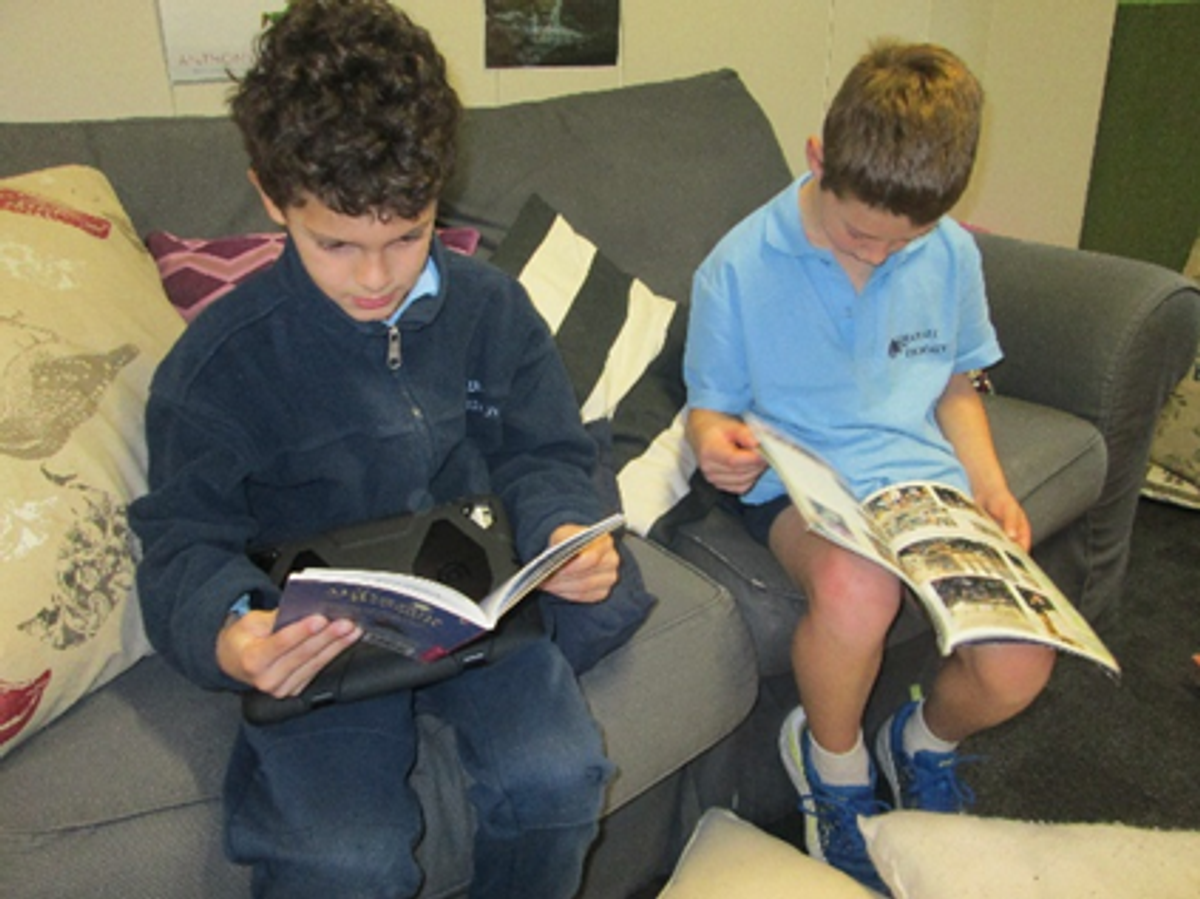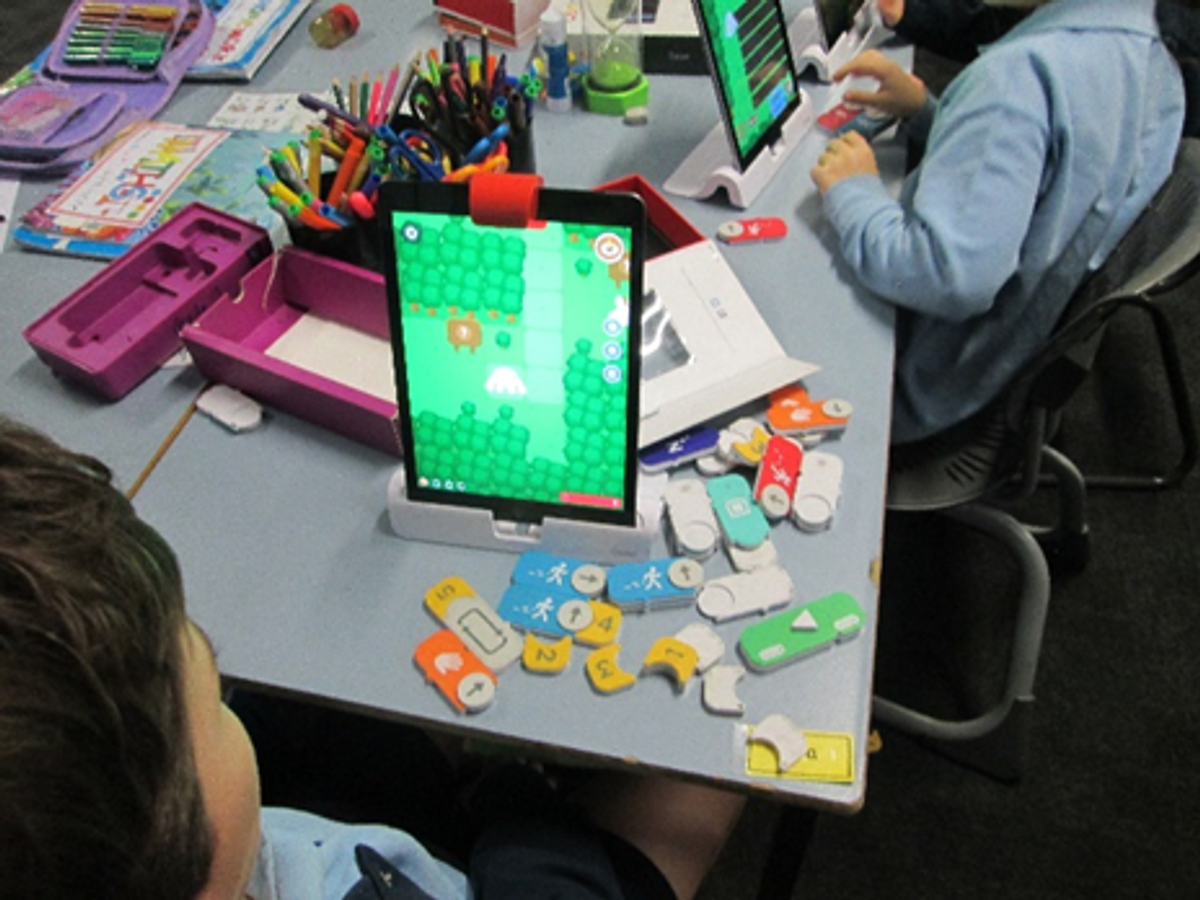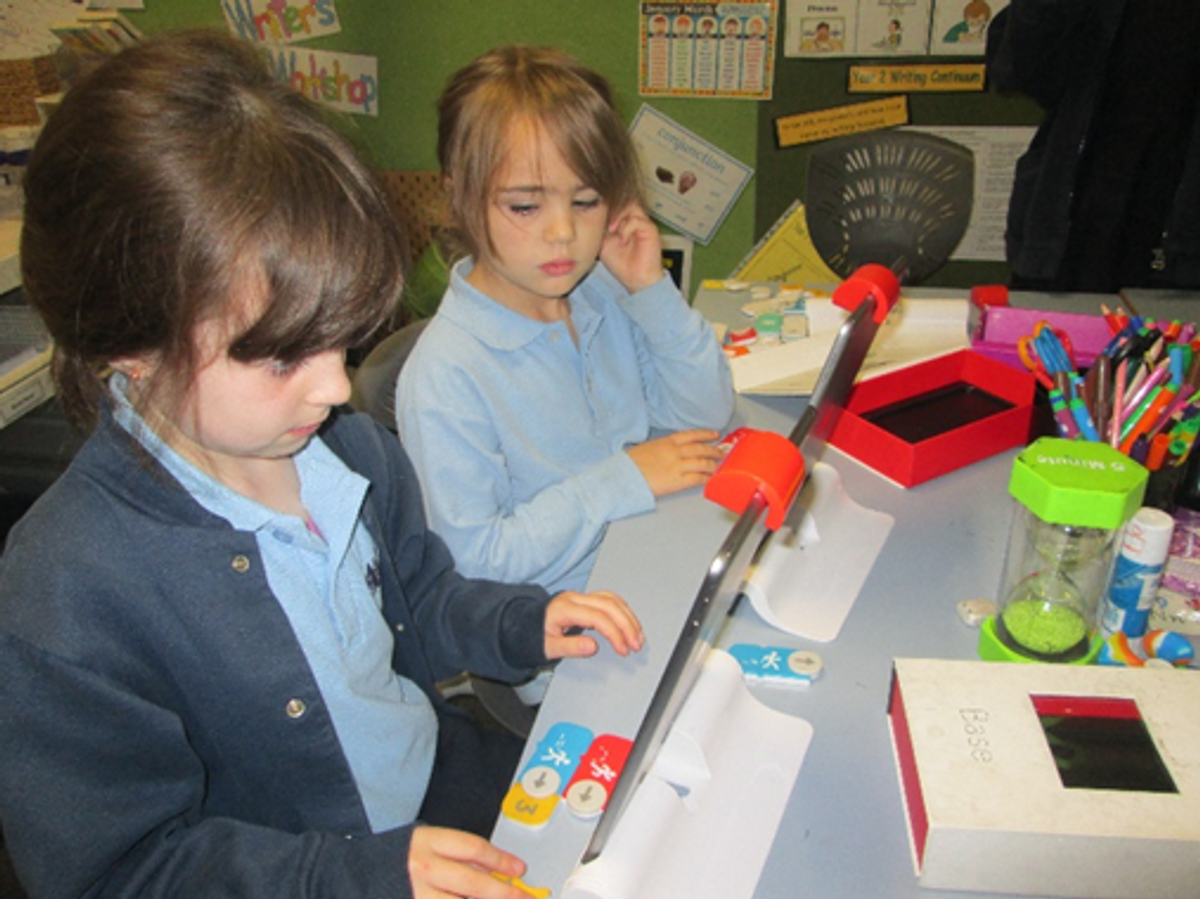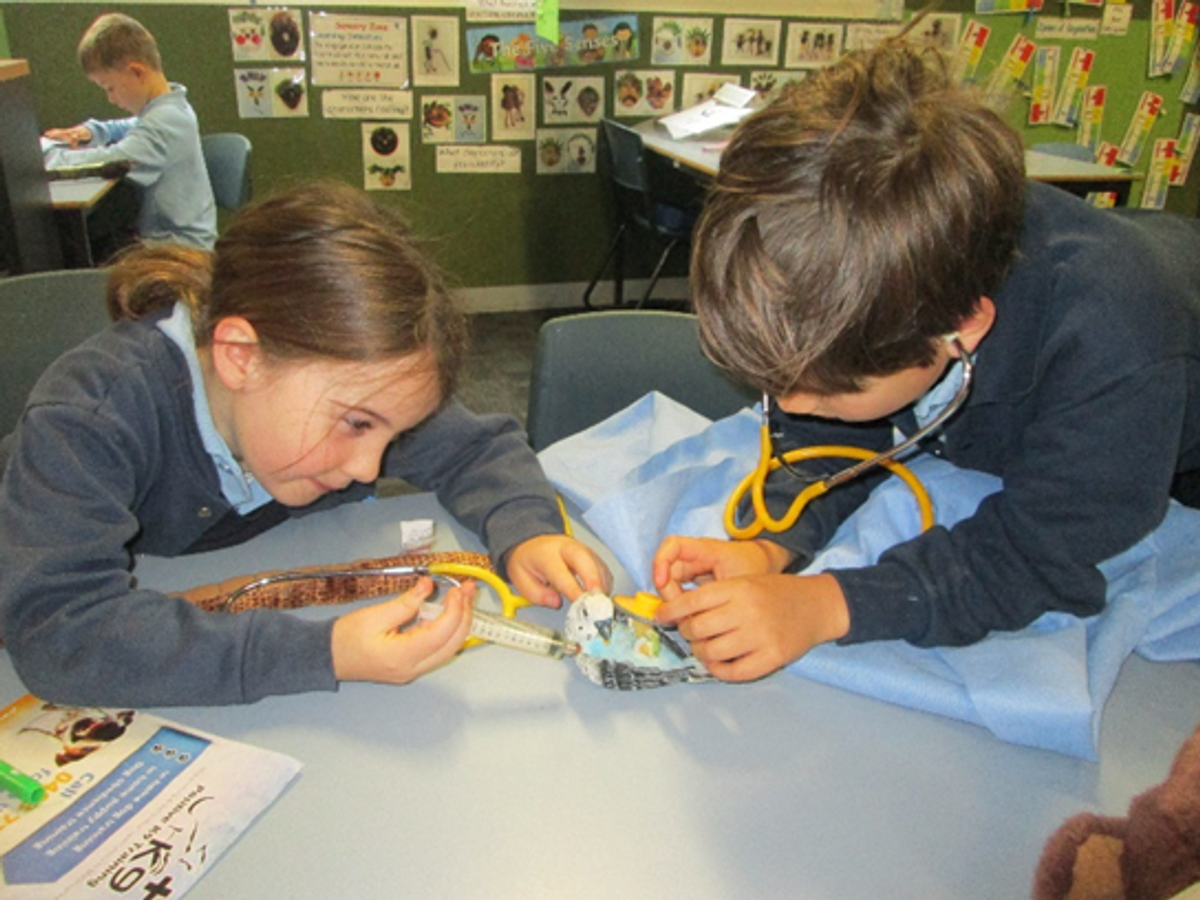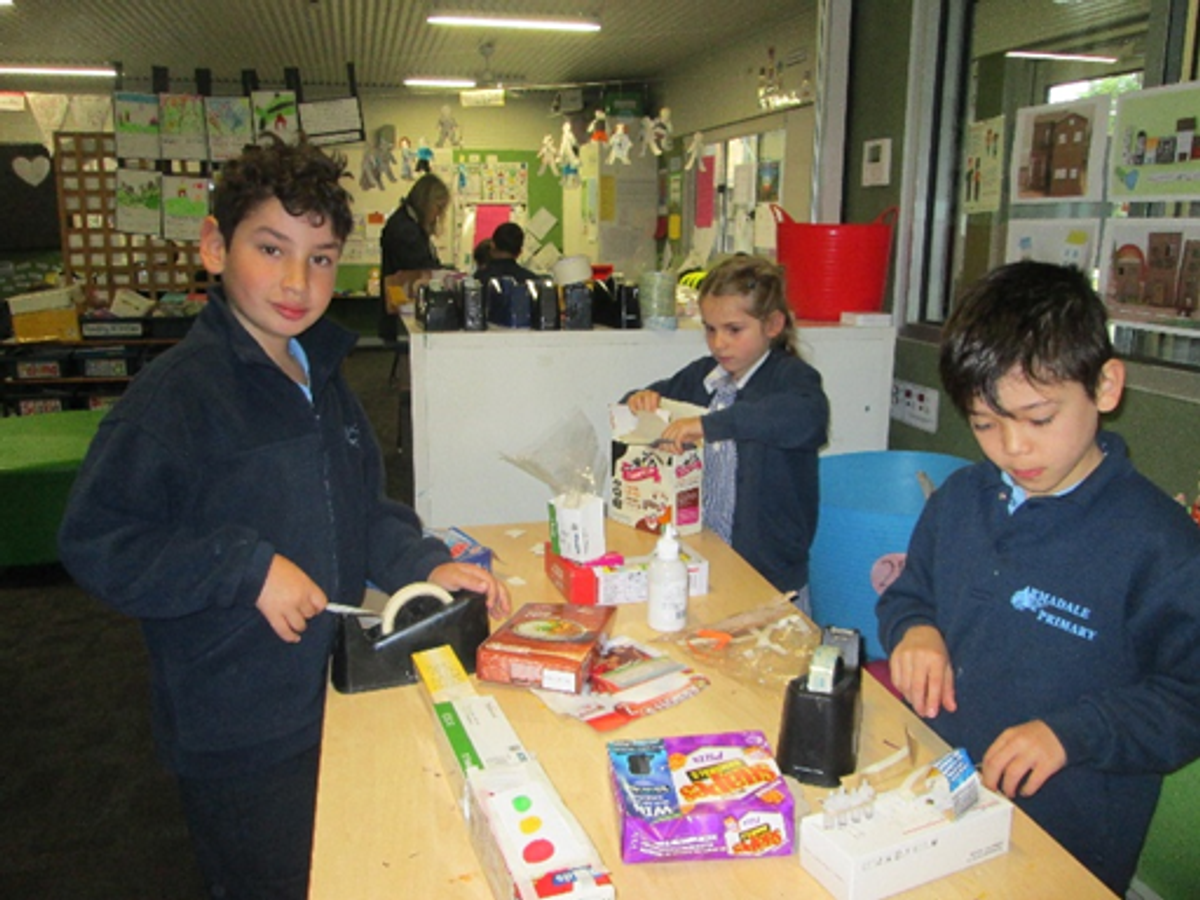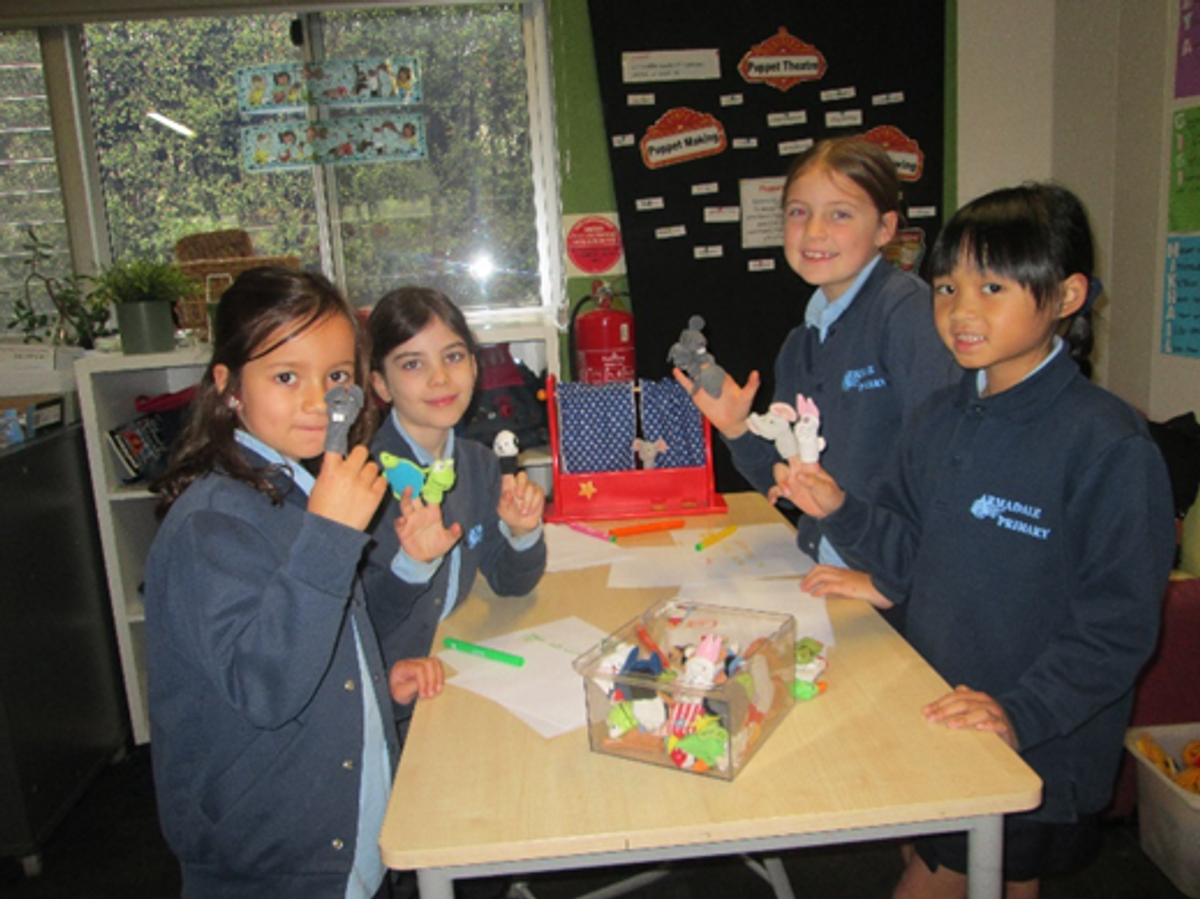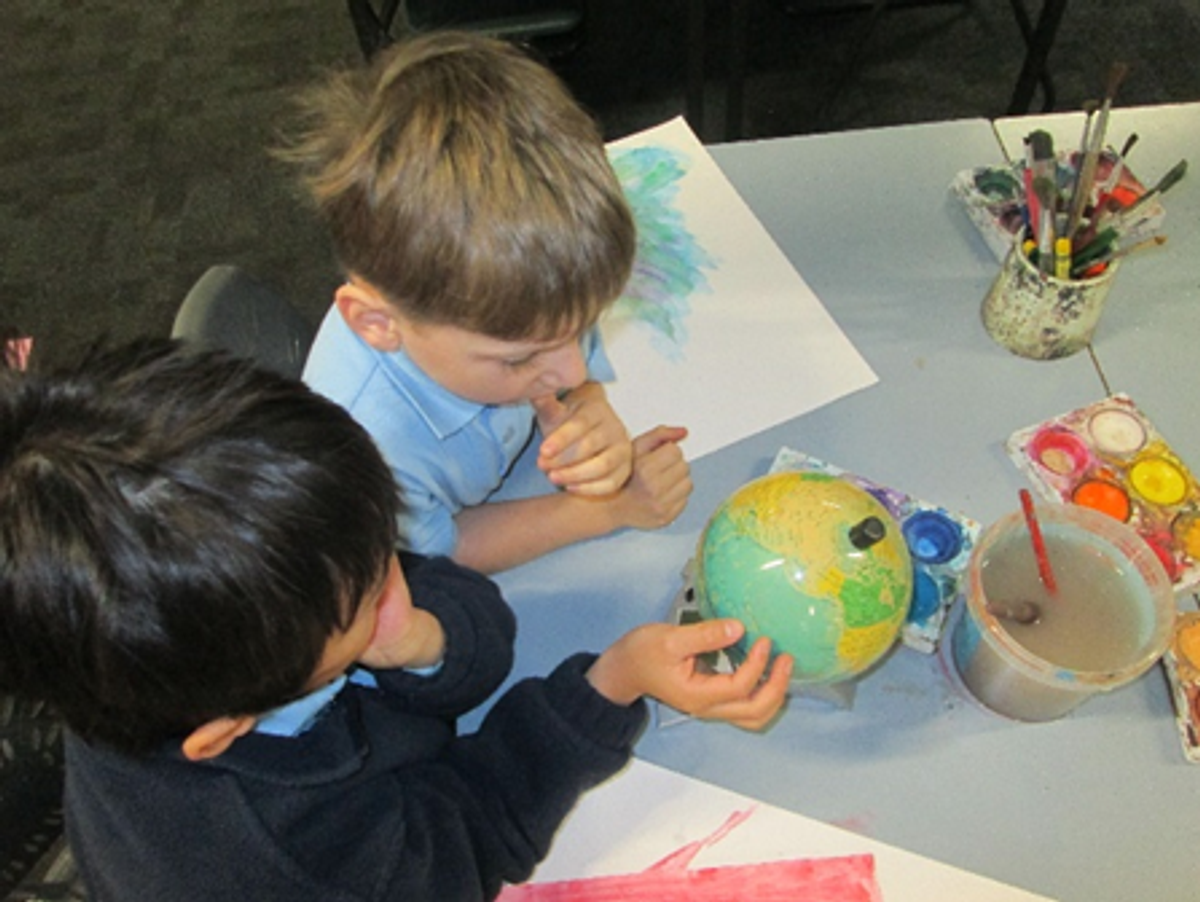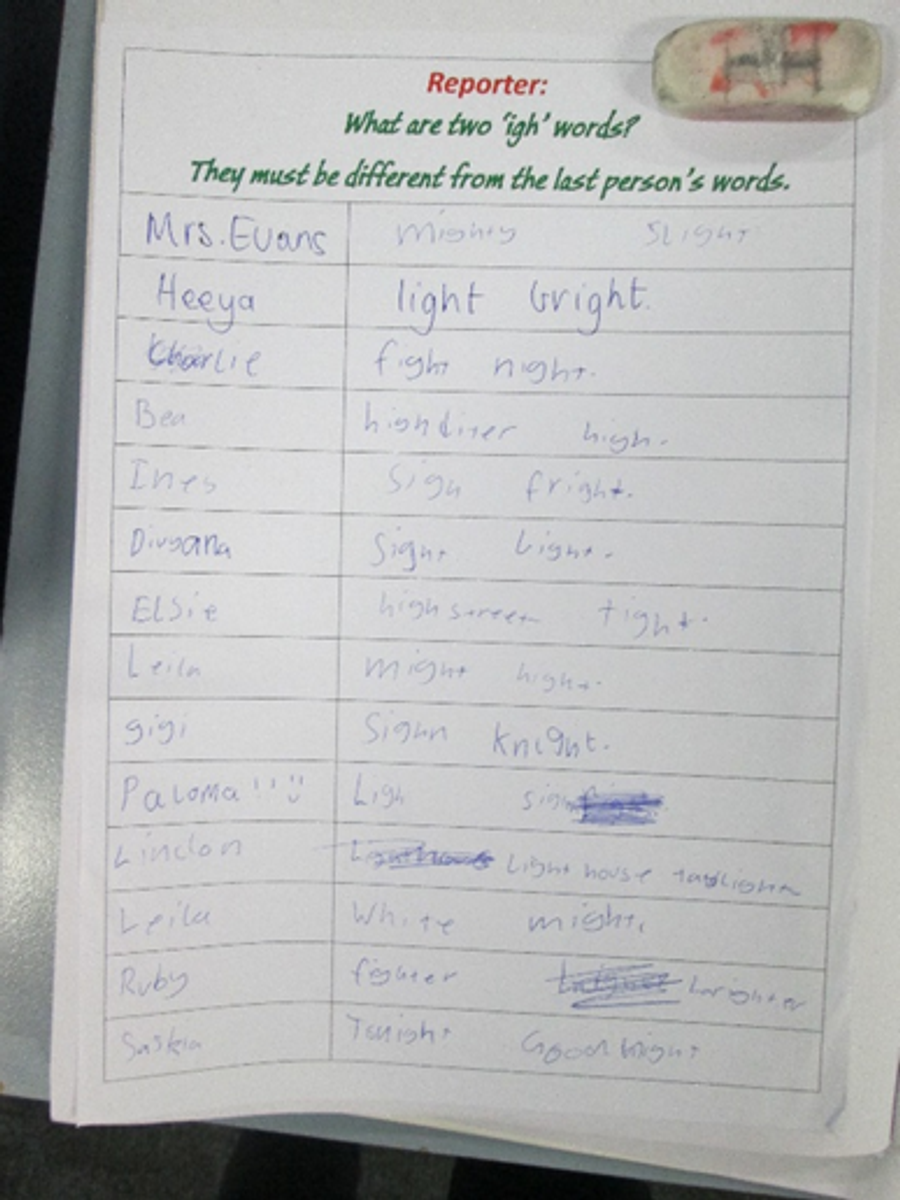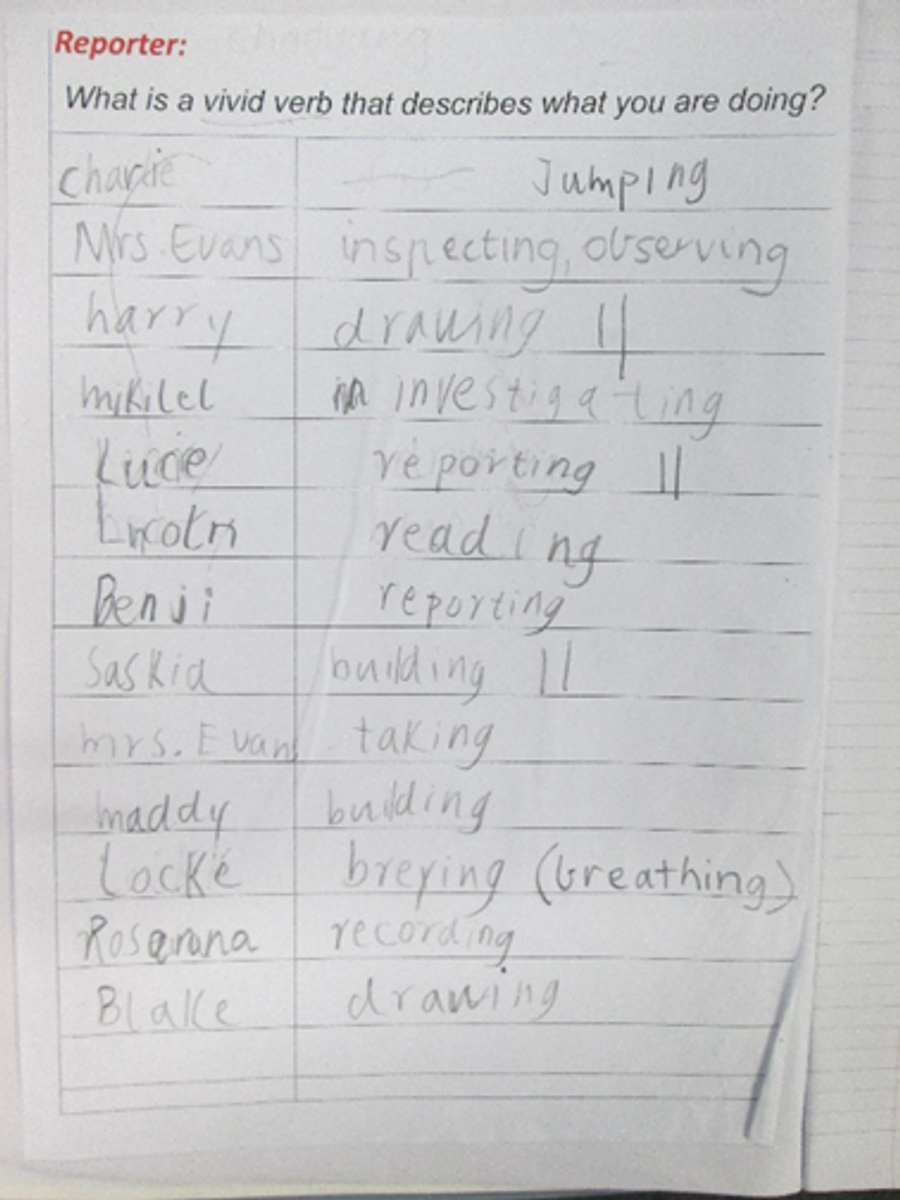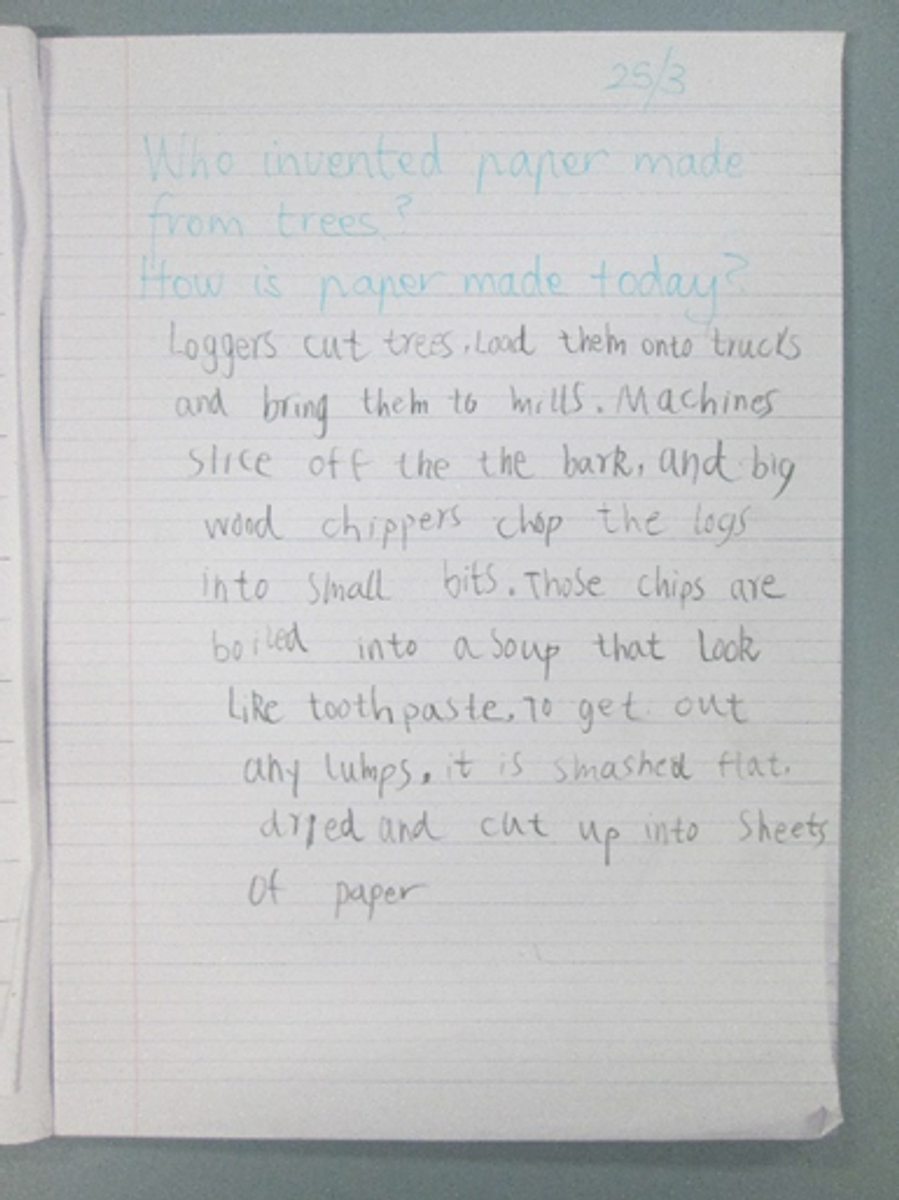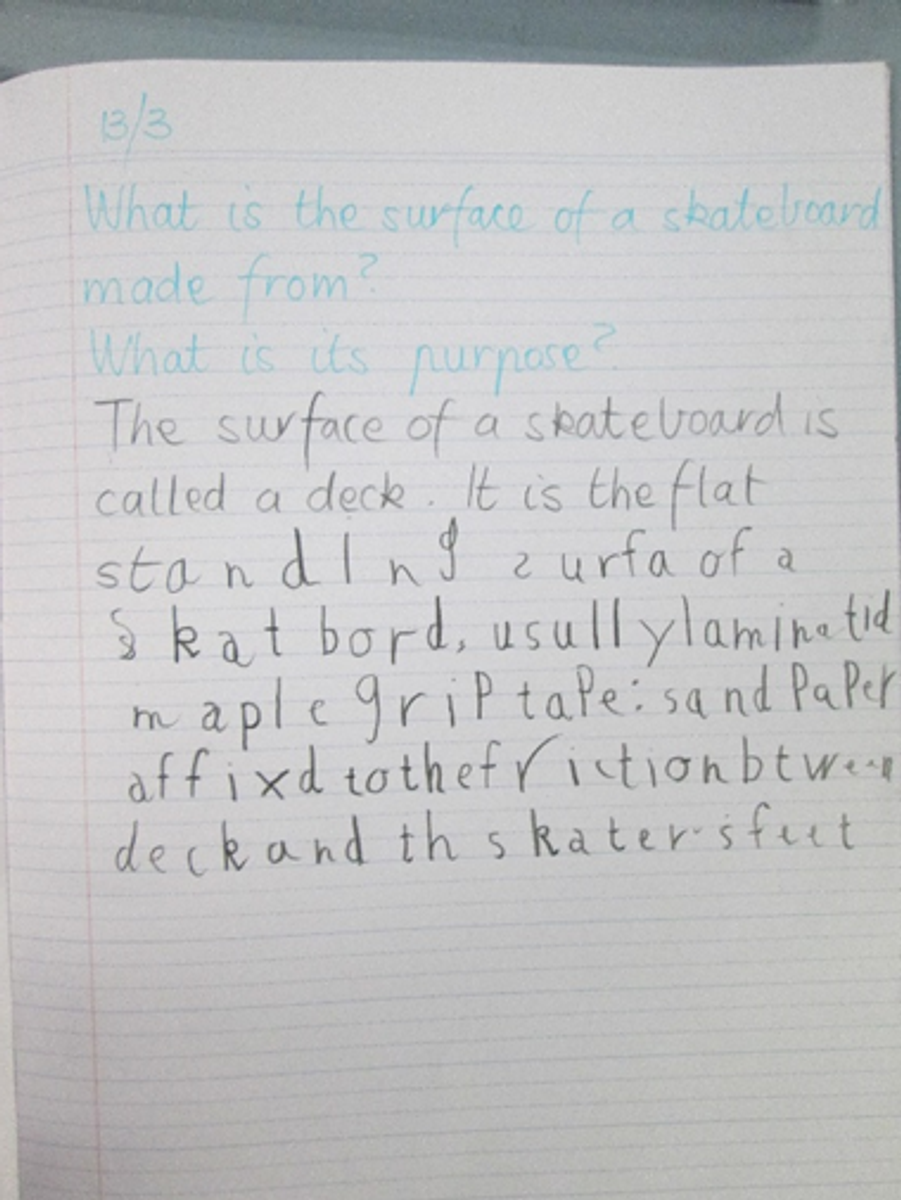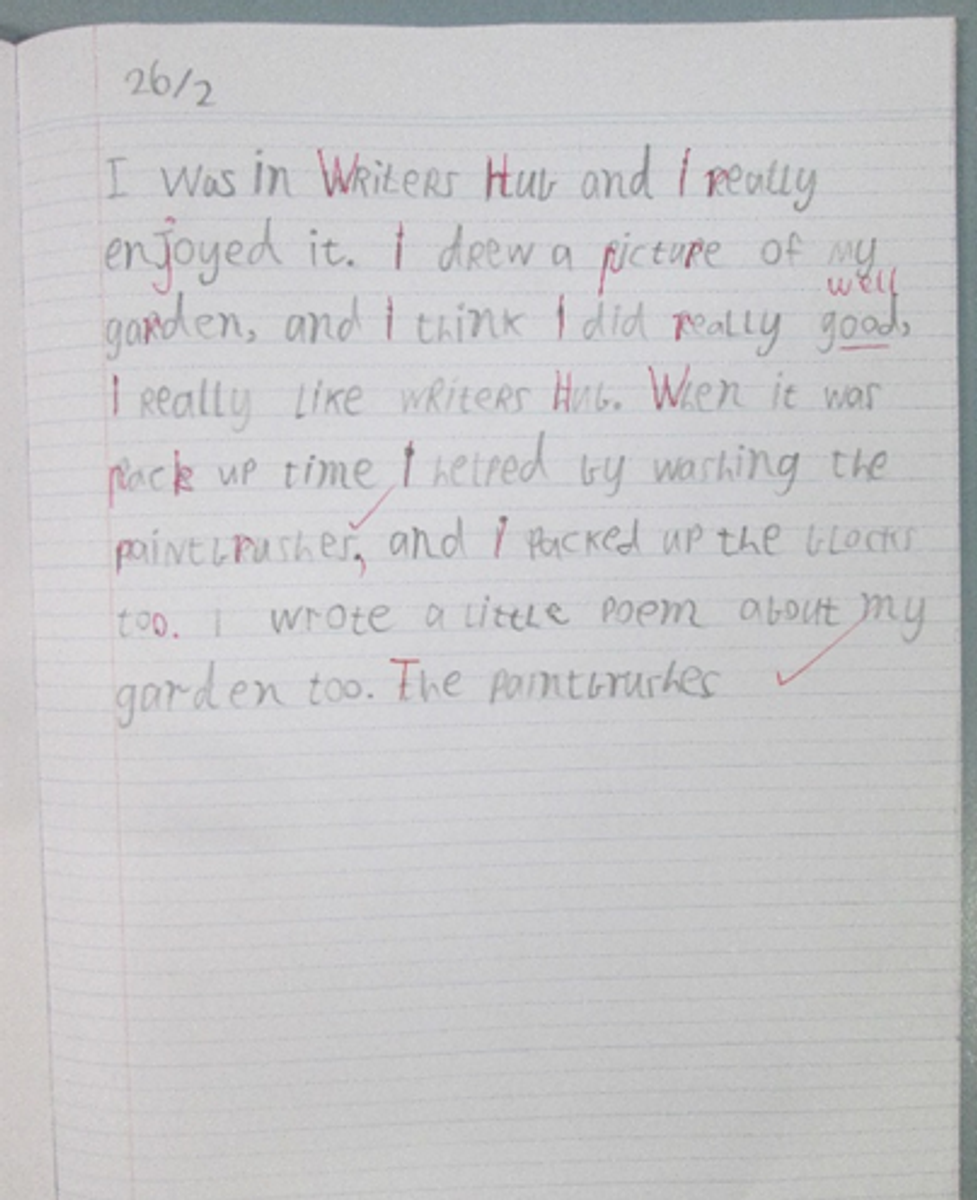Year 2 Bulletin

Our Investigation sessions take place three times a week, on Mondays, Wednesdays and Thursdays, from 9 – 11 a.m. Each session follows a particular instructional model, which is based on three distinct parts of different durations:
- WHOLE: the class begins the session together
- SMALL: individuals break off into small groups
- WHOLE: the class comes back together for presentations by the Focus children
- Reporter and Photographer
- Instructional Model
Whole:
Teaching Point
A teaching point is chosen as the focus for a 5 -10 minute exploration. This may be a specific spelling pattern, punctuation norms in a text, a feature of the date on the calendar (perhaps a new month/season/time), a particular text type layout or a maths concept or strategy. All of which directly relates to the curriculum content being covered at that time. This week we were exploring adverbs - what they are, where they are found, how to identify them in a sentence and how to use them effectively in written text.
Learning Intention
To understand what an adverb is, and how it works in a sentence.
We worked through a Powerpoint presentation, pausing to identify the different types, and then verbally create sentences based on the examples given.
Focus Children:
Each Focus child shares an item they may have brought in, or an idea of interest they might have, or a wondering about a specific topic. Students are encouraged to widen their investigation with open questioning, rather than closed questions, which may reveal only a limited scope, such as a one word or sentence answer.
Sometimes we will need to widen a scope, at other times, narrow it down to focus more specifically.
Reporter & Photographer:
The Reporter and Photographer are given their tasks for the session. These revolve around a particular curriculum focus, which changes each time, but always includes English, Maths or Well-being, weekly. It could be the current spelling/grammar focus or maths concept or well-being practice.
This week, one of our reporter’s focus areas was Spelling. The Reporter was tasked with interviewing 20 children, and for each individual, record two ‘ou’ or ‘ow’ words. e.g. brown / loud / frown / ground.
One of our photographer’s focus areas was Maths (measurement). They were tasked with taking 20 photographs of objects less than 30 cm (the length of our standard ruler).
Small:
The Focus children use their Investigation Books to record their research, including charts and diagrams, where appropriate. At times, they may also make a model of their findings or create a resource, such as an information book.
Teachers circulate between them, scaffolding, guiding and assisting where necessary.
The remainder of the children will have chosen an area from the Investigation Choice Board. Currently there are eleven choices:
Writers’ Workshop, Reading Corner, Construction Zone, Puppet Theatre, Mini Makers, Sensory Zone, Well-being & Yoga, Veterinary Practice, Art Studio, Maths Zone and Research Hub
The core areas of Writers’ Workshop, Reading Corner, Art Studio, Maths Zone and Research Hub are permanent areas of provocation. The other areas will change throughout the year, and be linked in, where possible, with the Big Idea.
Whole:
Presentations:
The Focus children, with the aid of their research from their Investigation Books,
share their findings with the audience. The Speaking and Listening component of the curriculum is the focus here.
Responsibility is given to the audience for respectful listening, and the presenters for addressing the listeners.
- Questions about their research, are asked of the presenters.
- Anchor charts are used to support and guide them in their presentation.
Mrs Evans and Emma
Year 2 Team

